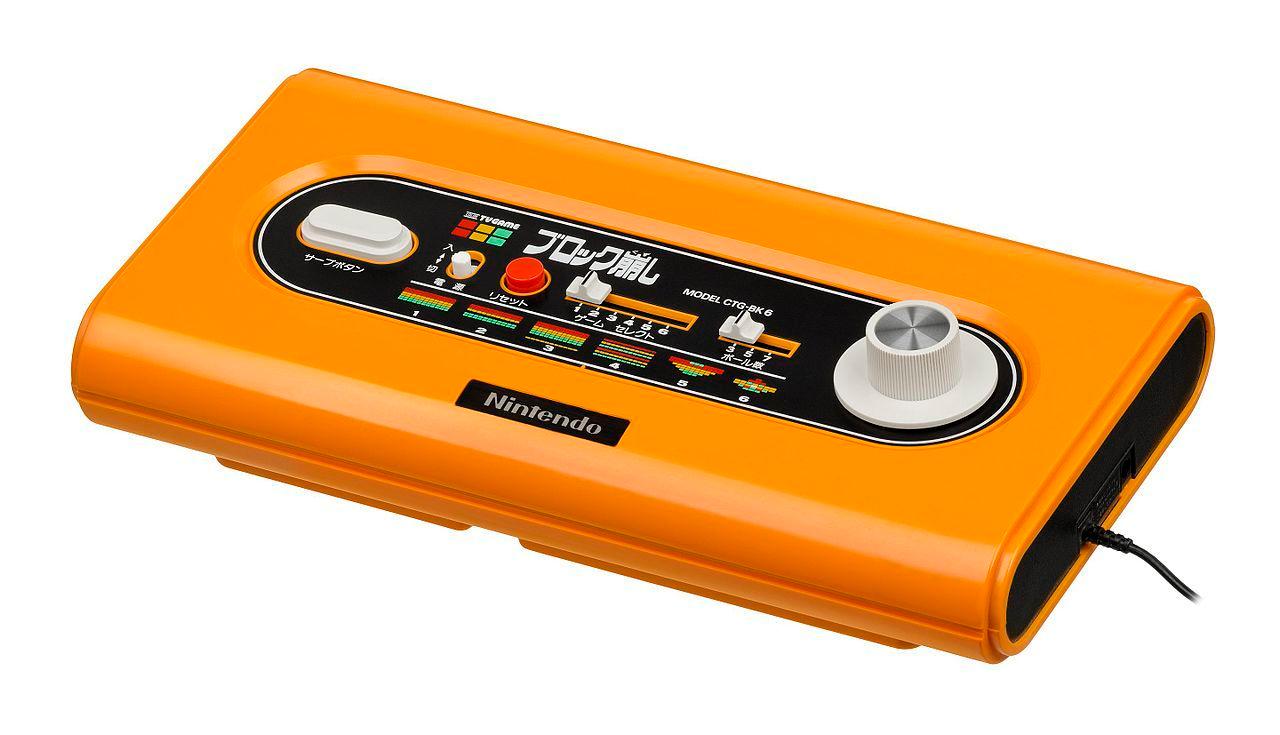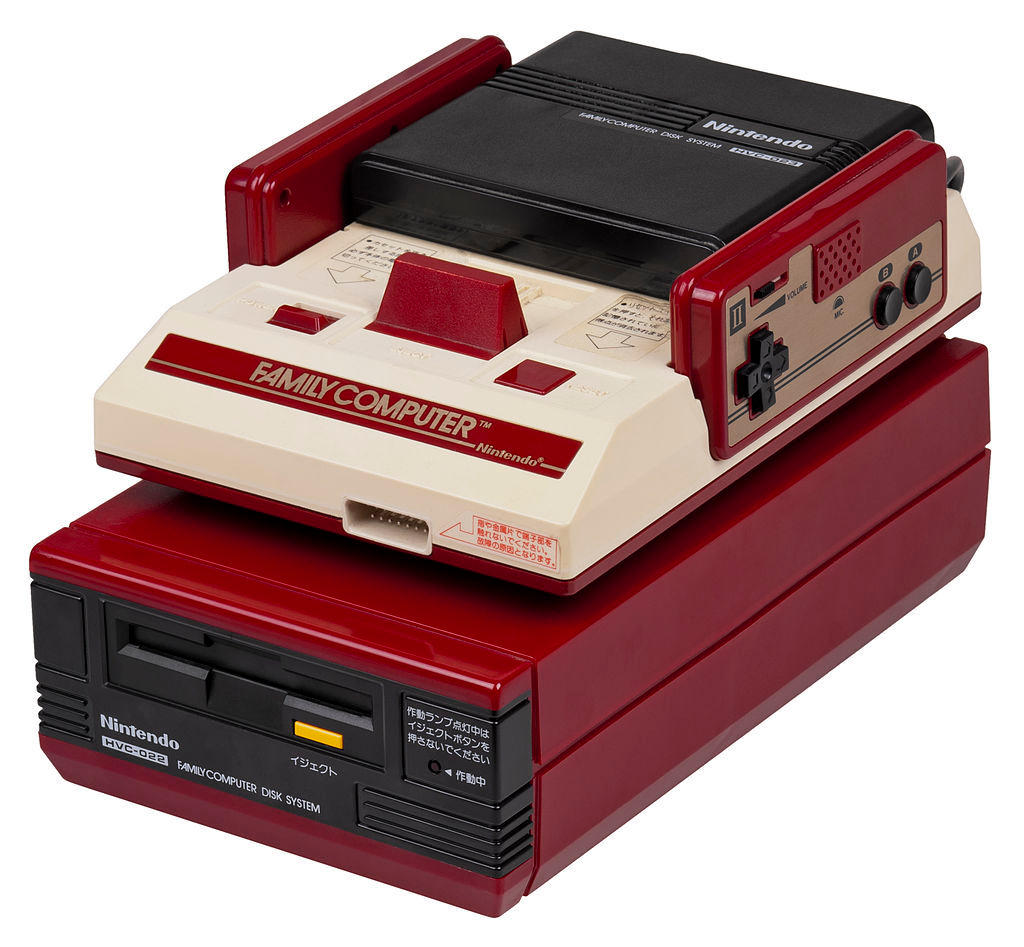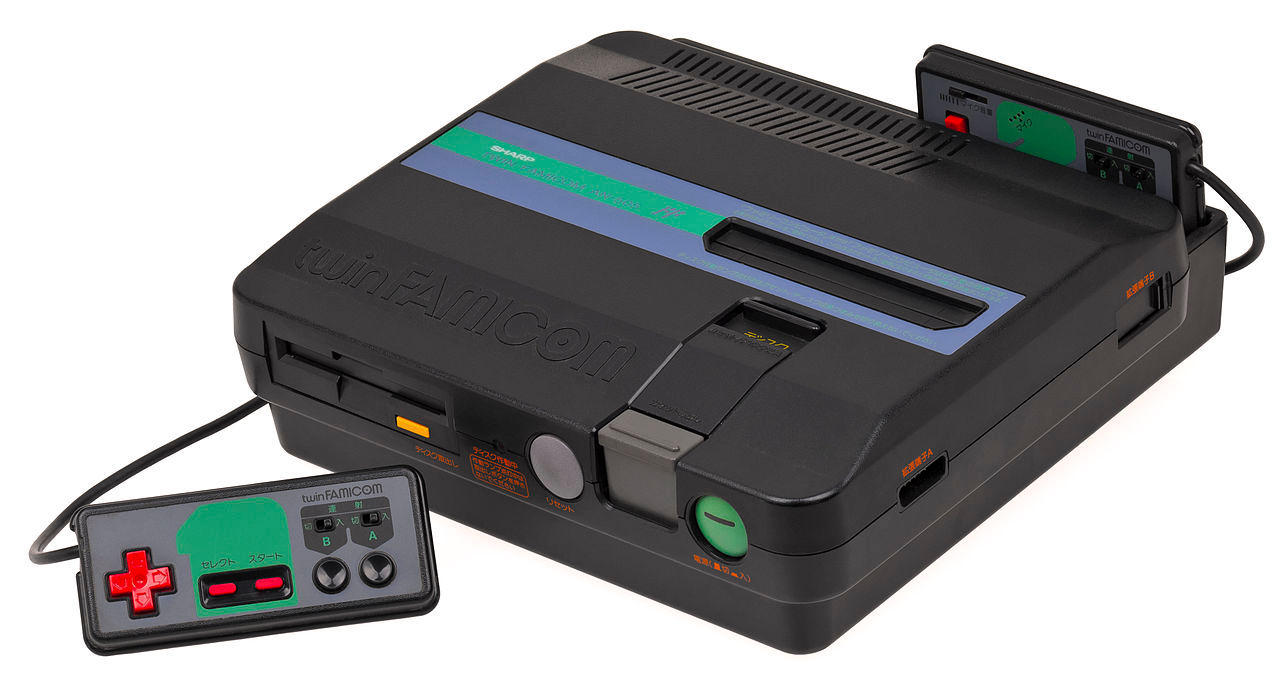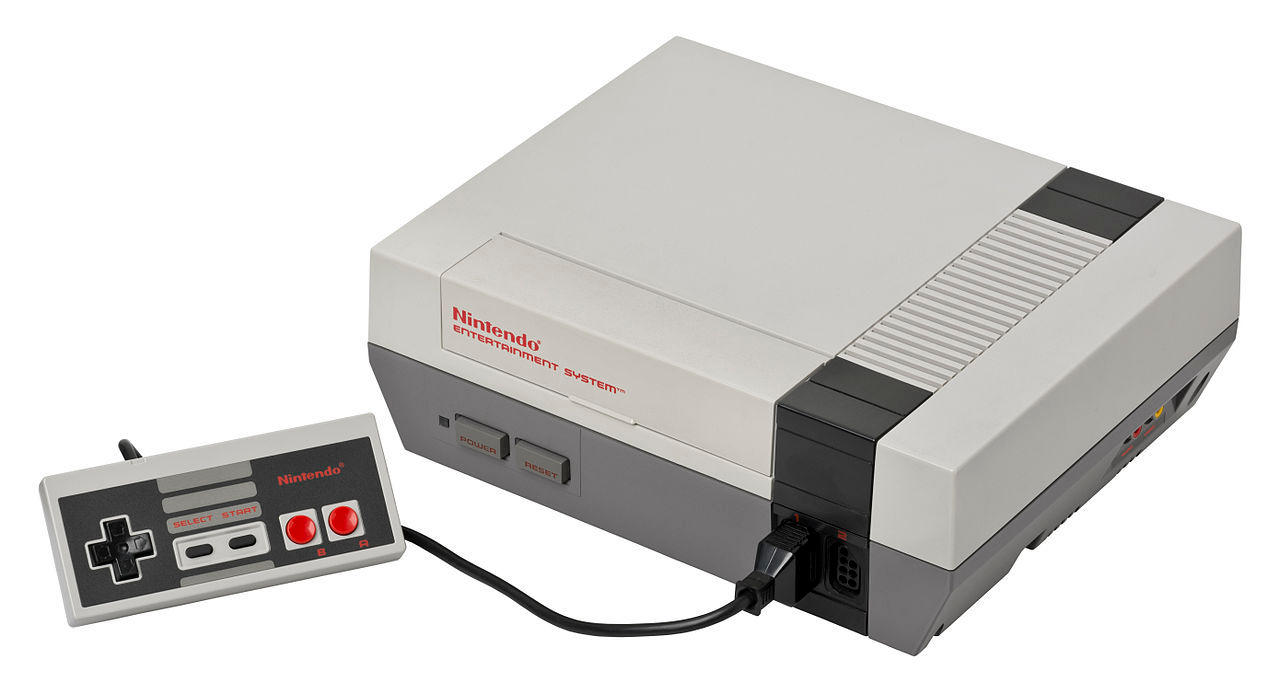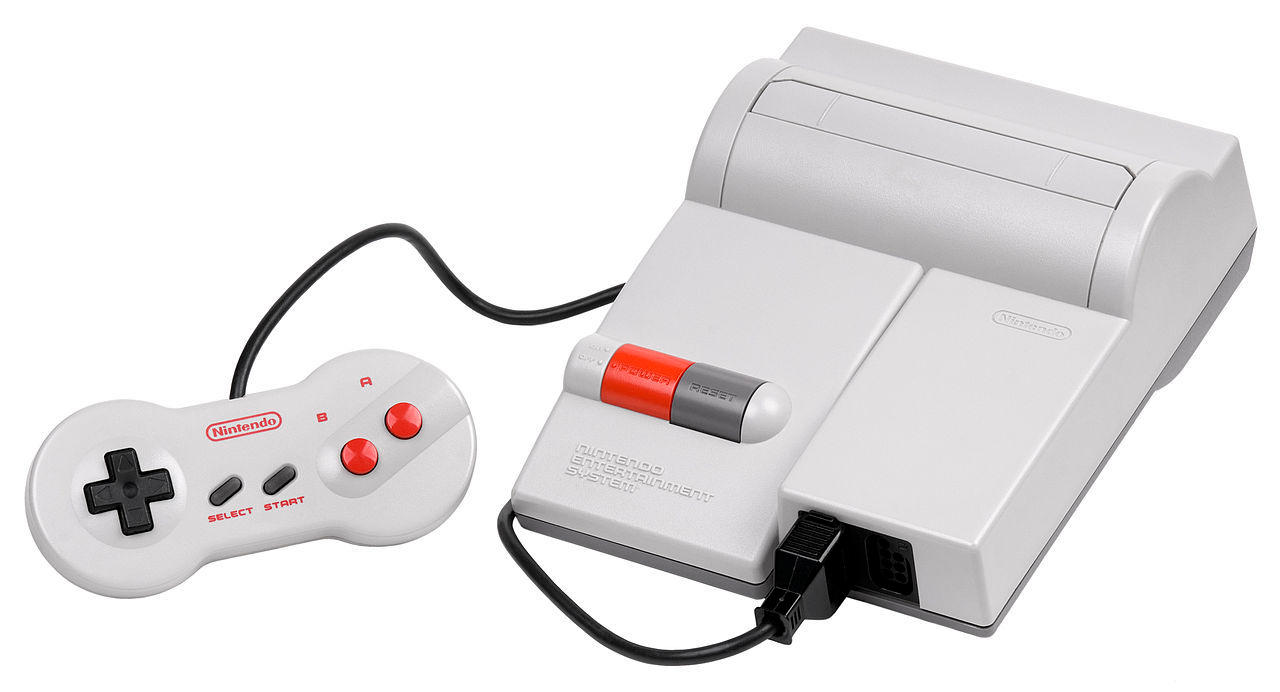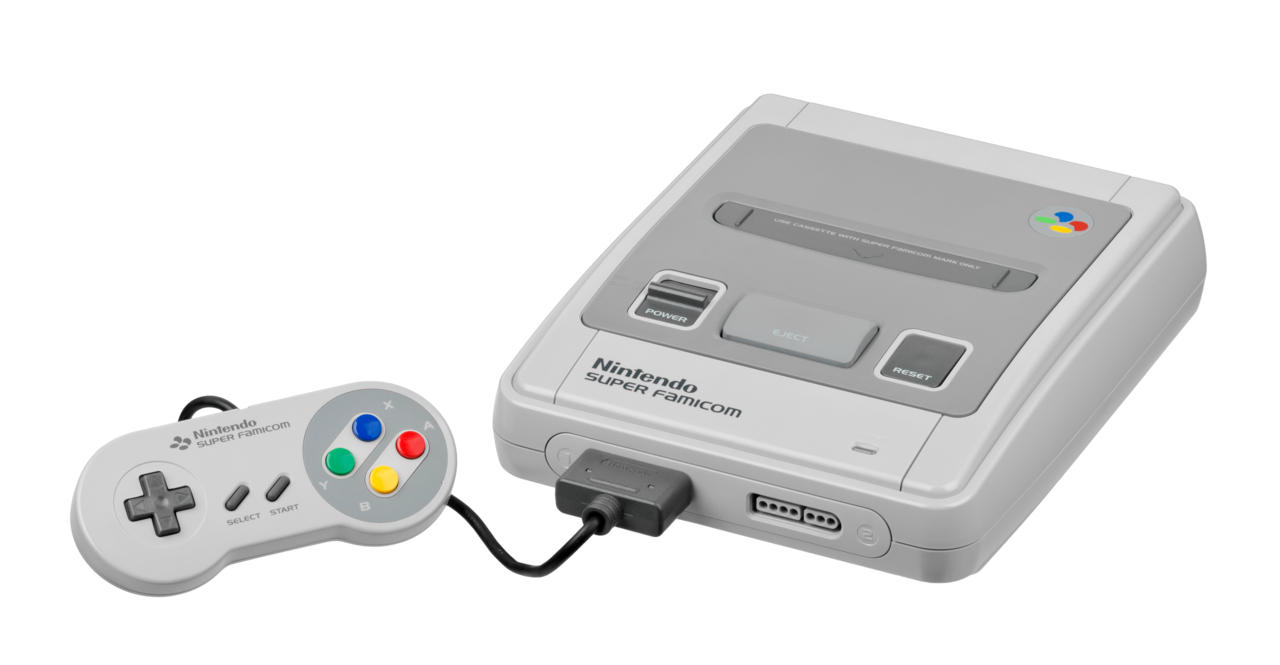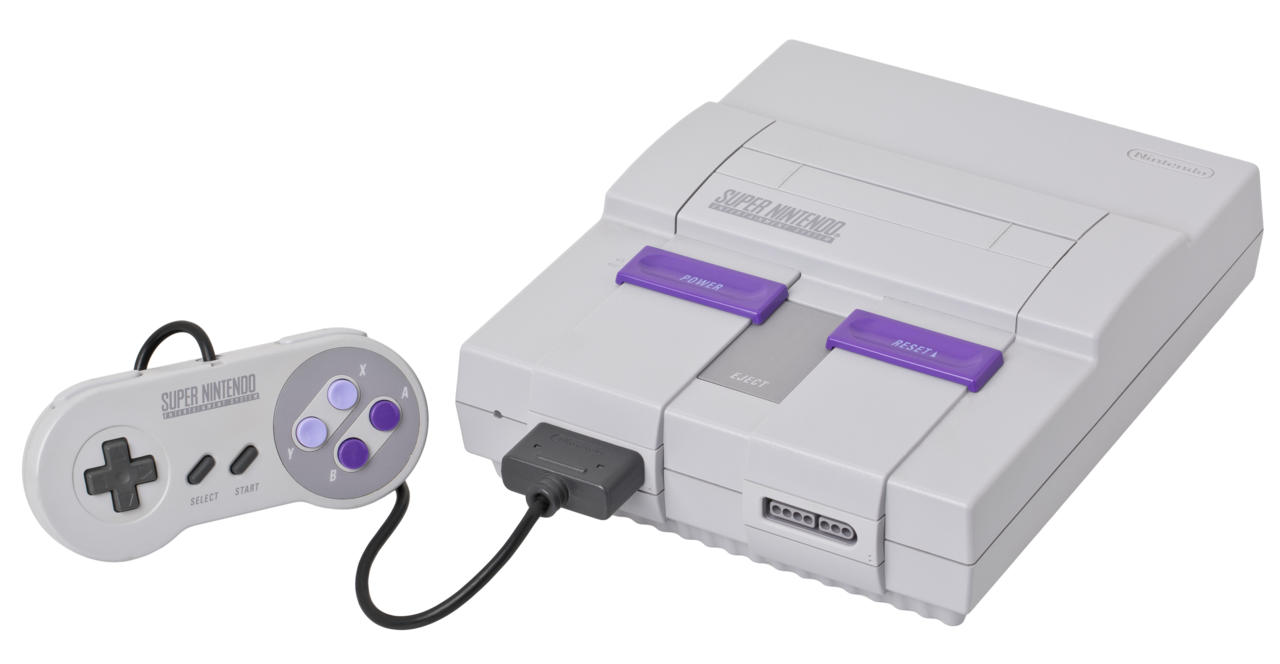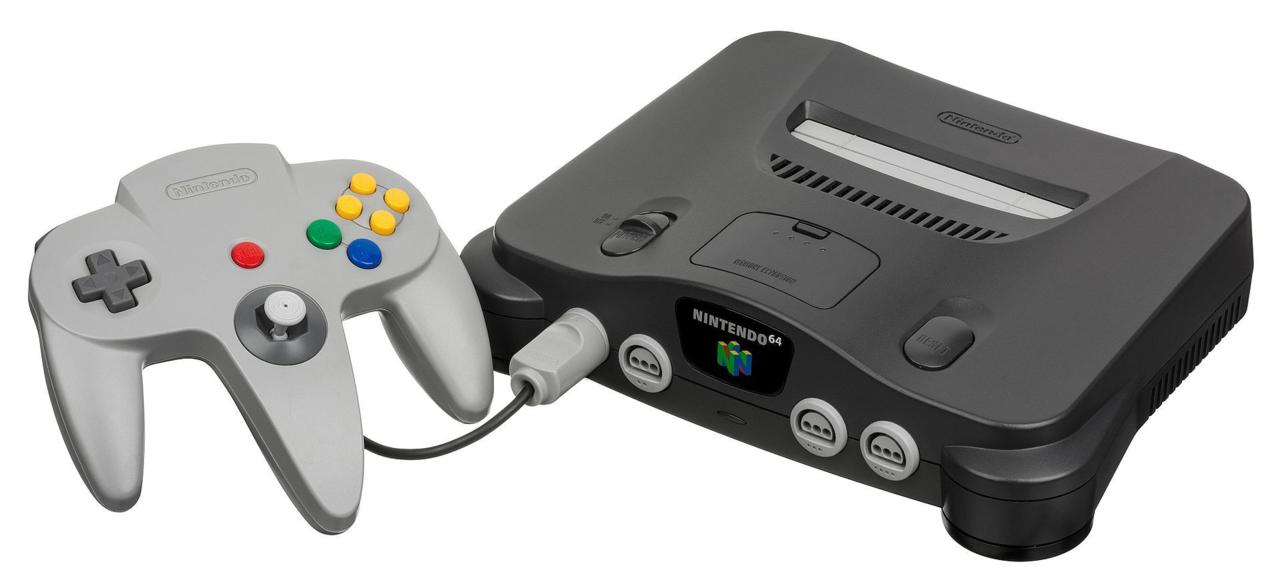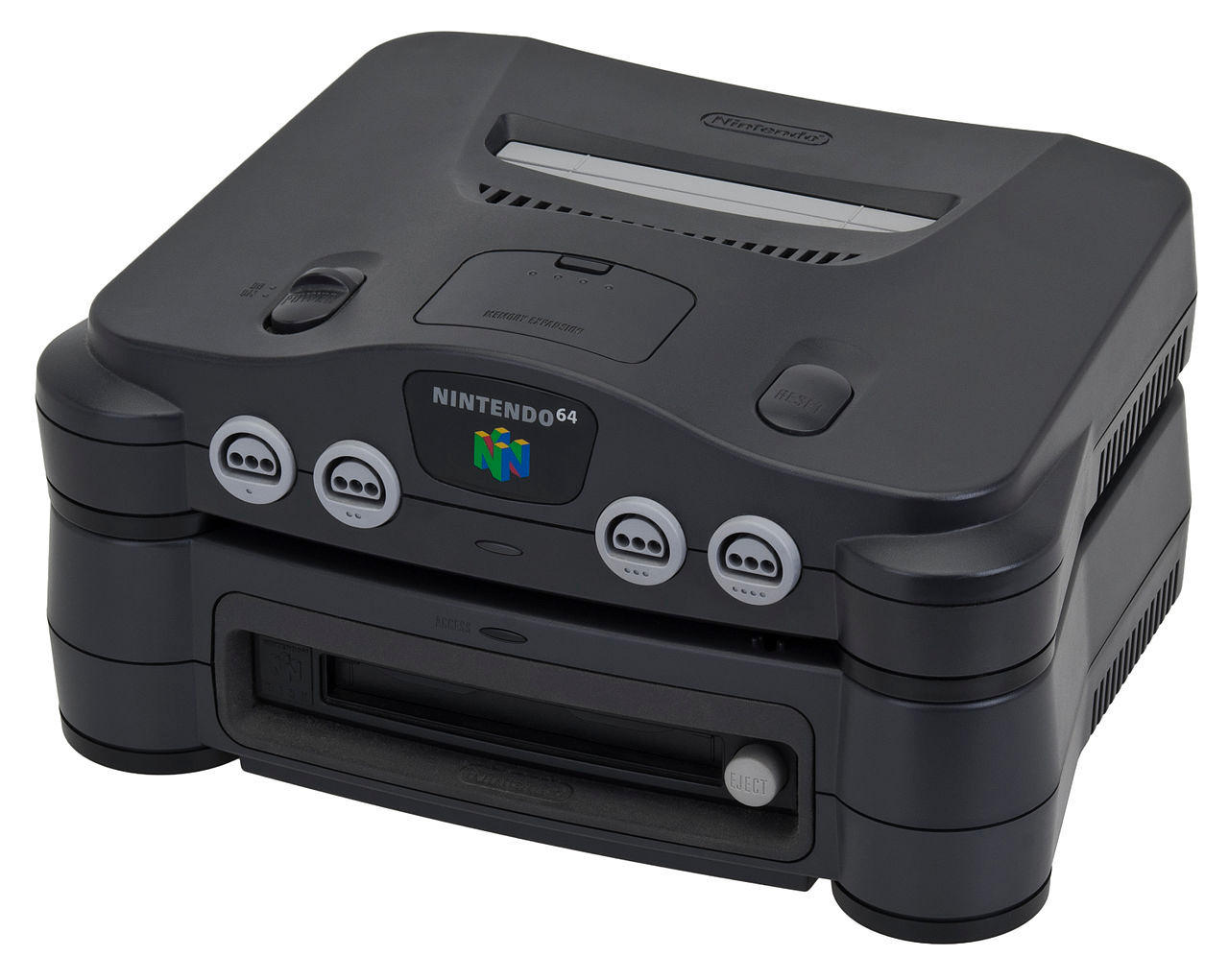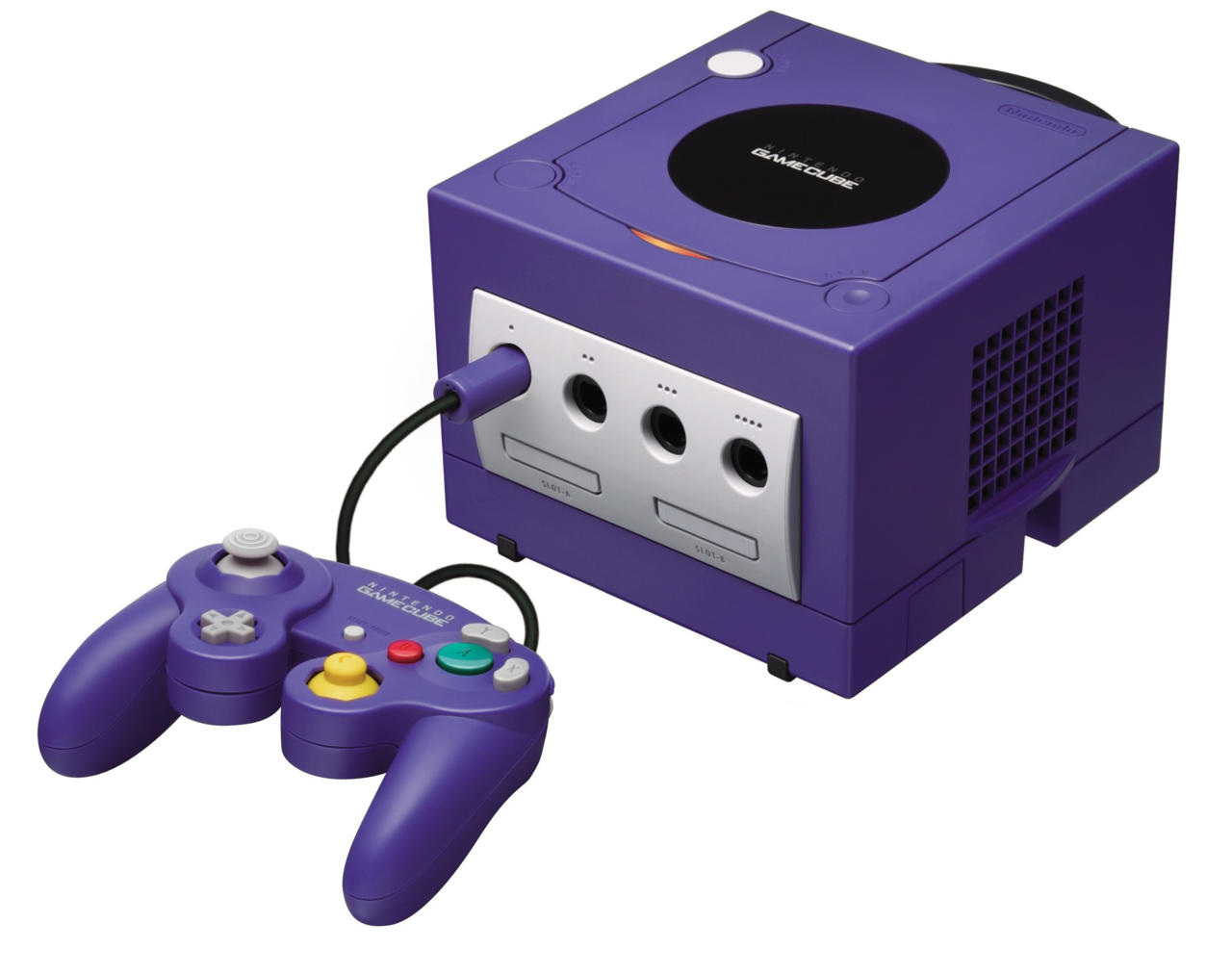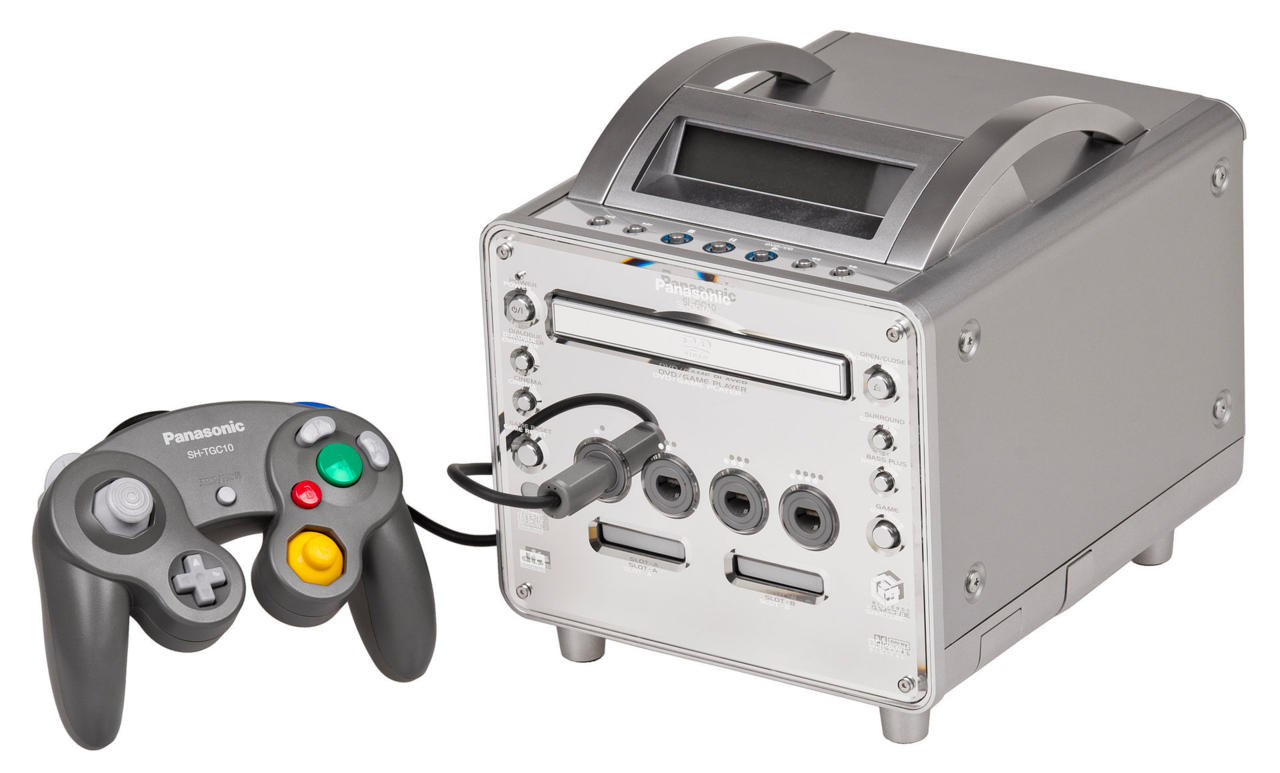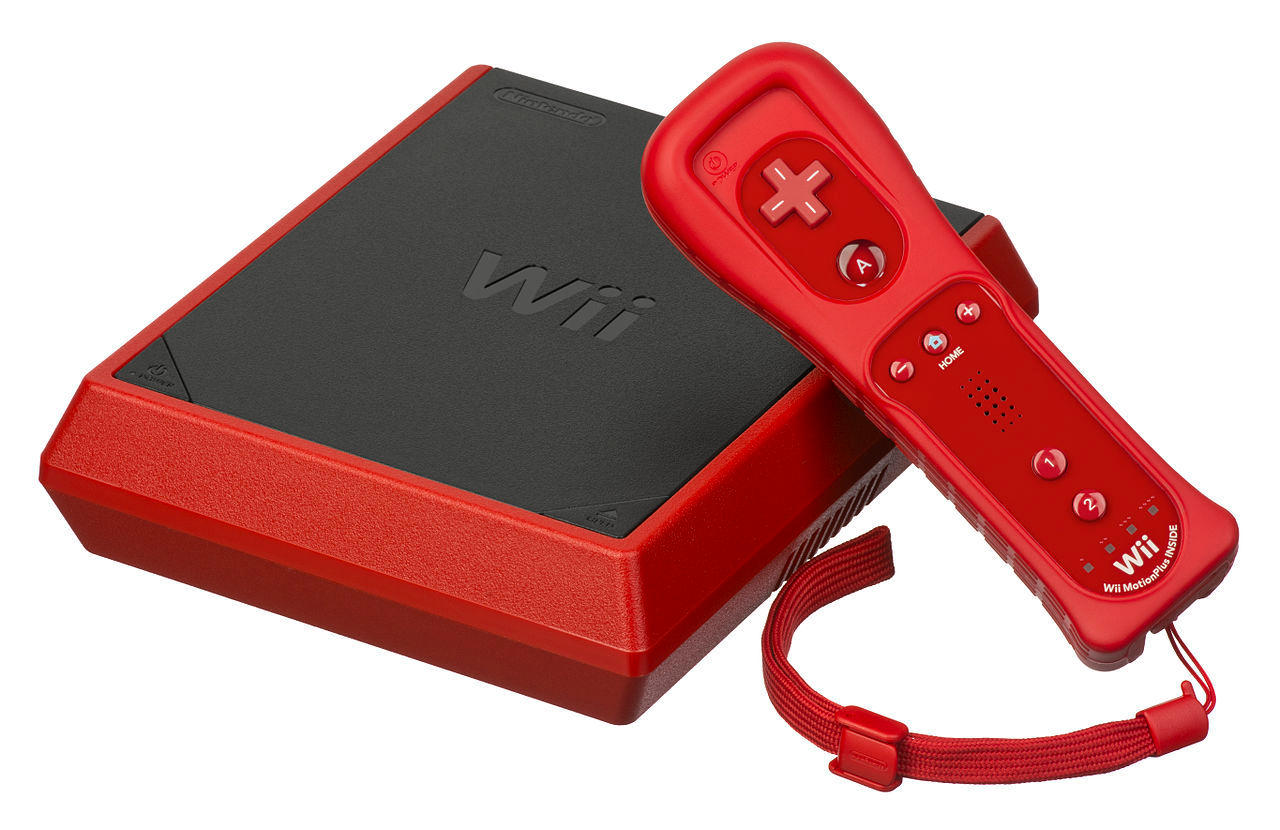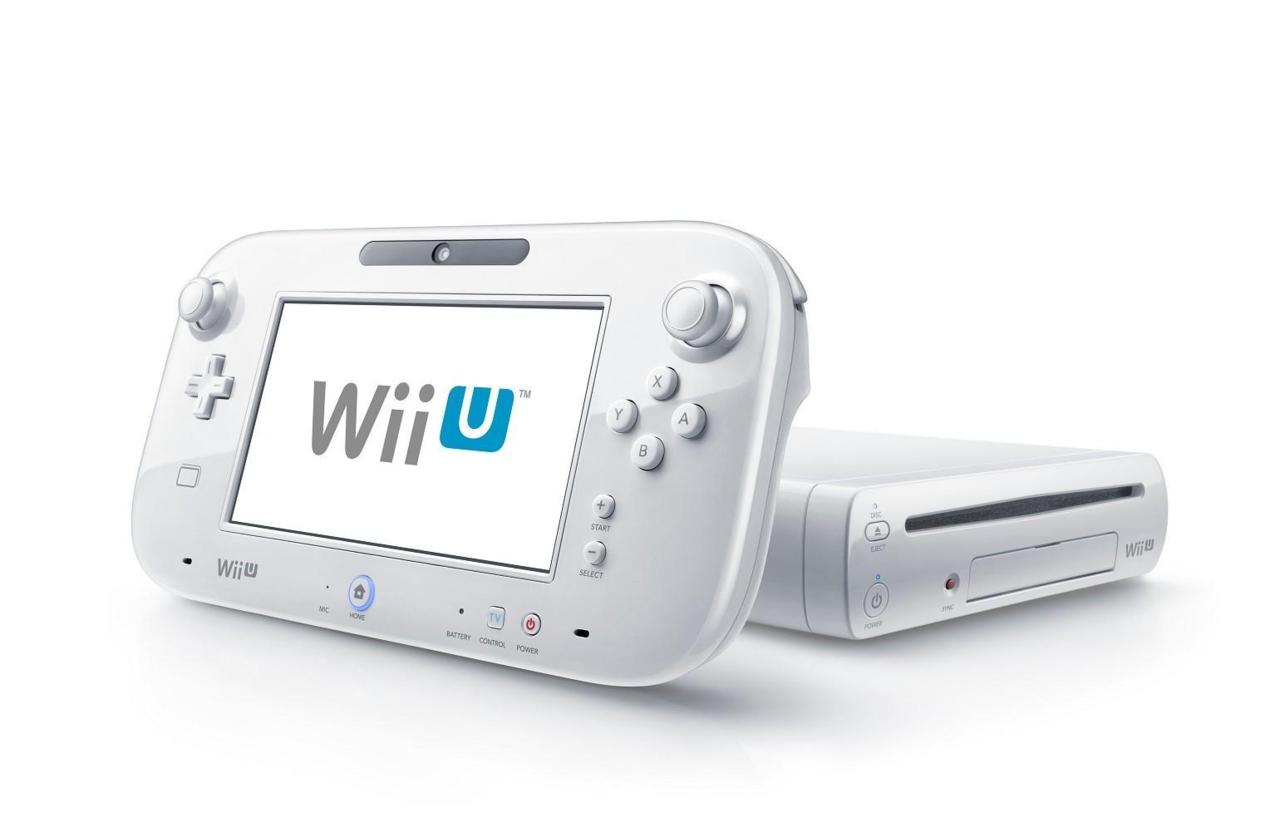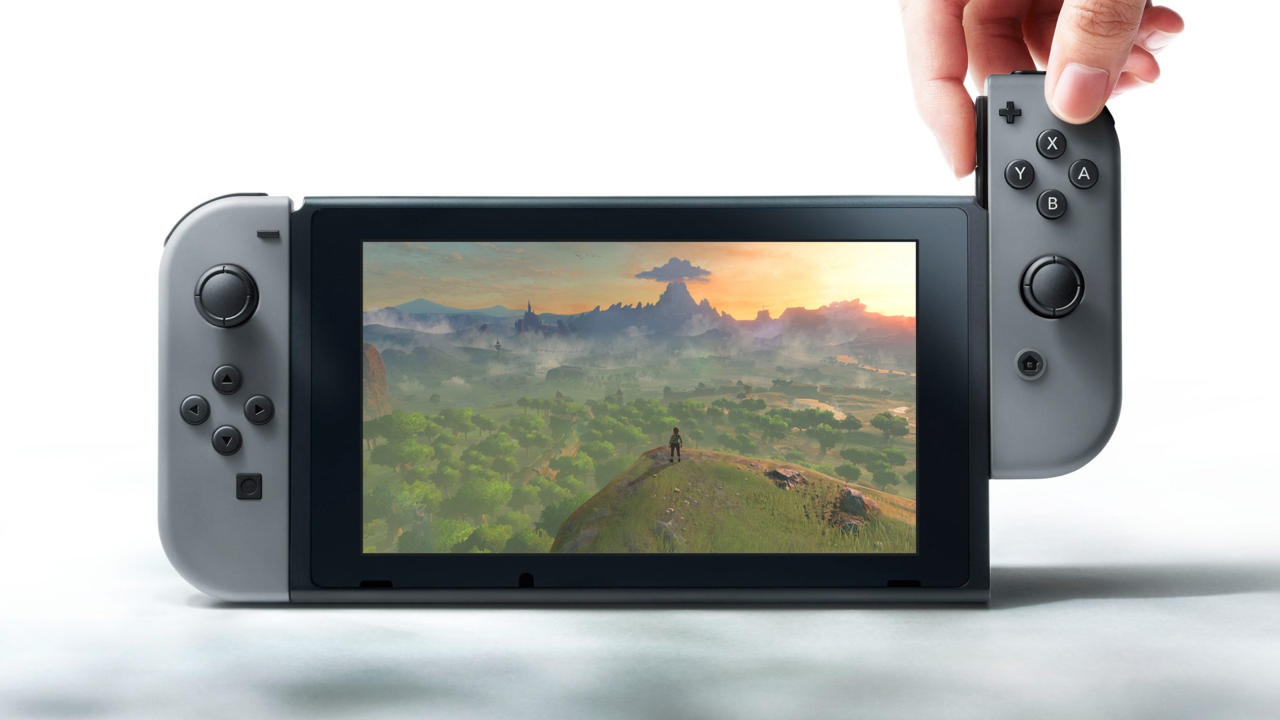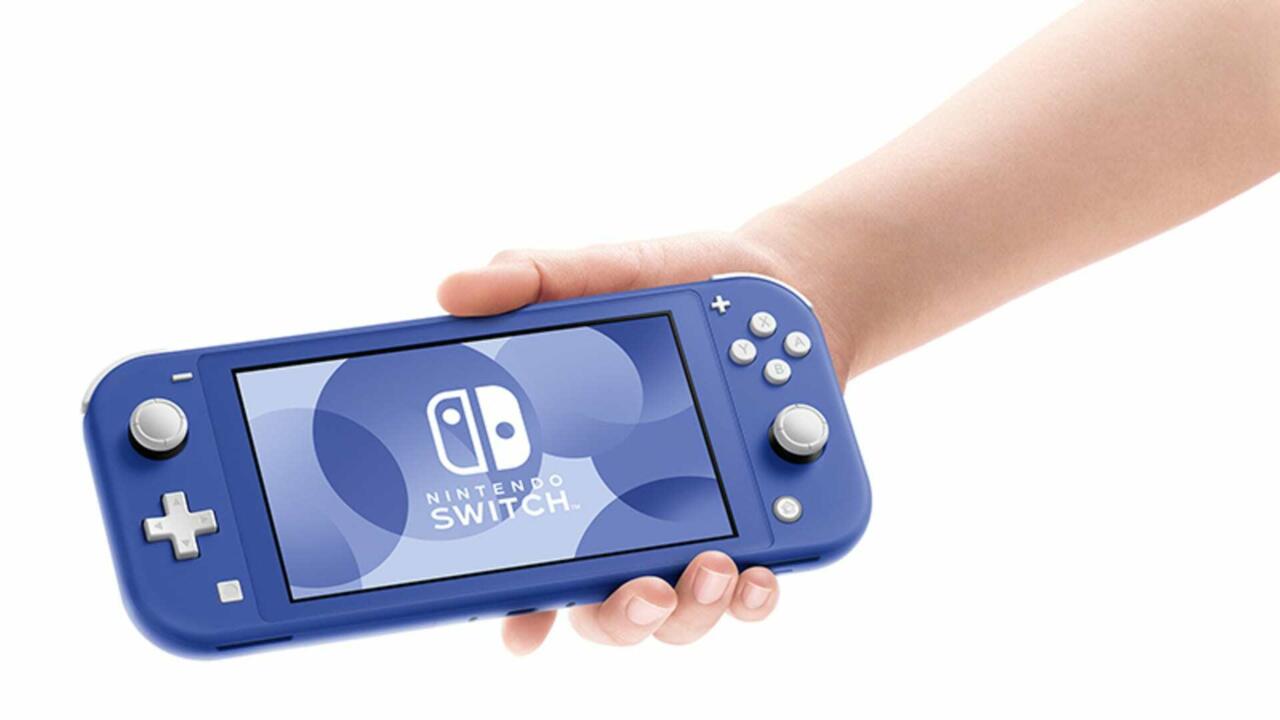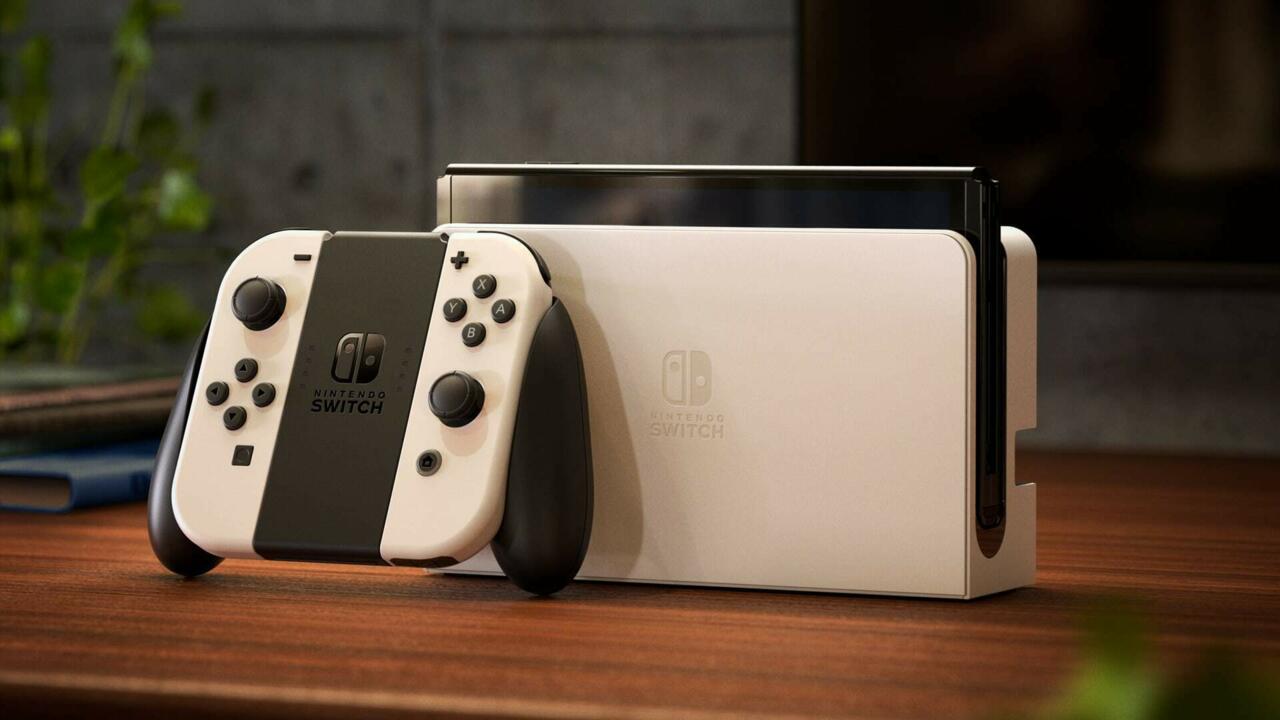Evolution Of Nintendo's Consoles: Switch OLED, Switch, 3DS, Wii, SNES, And More
GameSpot may receive revenue from affiliate and advertising partnerships for sharing this content and from purchases through links.
A Nintendo console retrospective
As one of the most tenured games and entertainment companies, Nintendo has quite a history. It started as a humble playing-card company in the late 1800s but ended up saving the video game industry from a financial crash in the early 1980s. Since then, Nintendo has had an illustrious history and has gone on to become arguably the most important console manufacturer of all time. Below you can find details on the company’s console hardware highlights.
With the announcement of the Switch OLED model, Nintendo's extensive library of consoles and hardware revisions continues to grow. The company has long been known for releasing multiple versions of its hardware platforms, particularly the best-selling ones. Switch has only continued that trend, and the list may even expand further in the near future, as the OLED-equipped Switch could turn out to be separate from rumors of a new, more powerful Switch model. However, Nintendo continues to deny commenting on such a model, instead saying that it's always developing new hardware.
What's your favorite Nintendo console? Let us know in the comments below. Otherwise, keep scrolling down to see everything there is to know about the evolution of Nintendo's consoles.
Color TV-Game
Nintendo’s first video game consoles were actually a series of five systems called Color TV-Game, made in partnership with Mitsubishi. The Color TV-Game was sold exclusively in Japan and mostly had several Pong-inspired minigames built into the system. The first model debuted in 1977 as the Color TV-Game 6, named after the fact that it included six minigames.
Before Nintendo created and patented its D-pad, the Color TV-Game’s unique controller featured turnable dials.
Competed against: Magnavox Odyssey series, Home Pong, Coleco Telstar series
Family Computer
In 1983, Nintendo released its Family Computer--or Famicom for short--in Japan for 14,800 Yen. In North America, it would receive a significant redesign and later be known as the Nintendo Entertainment System.
The Famicom was an 8-bit console, and its specs included a Ricoh 2A03 processor coupled with 2KB of RAM. This allowed the system to output a 256x240 resolution display and produce 48 colors along with six gray variations.
On the audio front, the Famicom offered extra sound channels compared to its subsequent Nintendo Entertainment System counterpart. It also supported cartridges with custom sound processors, unlike the NES. Games like Castlevania III: Dracula's Curse had different soundtracks between regions as a result.
The Famicom used a top-loading cartridge design with games that scaled from 8KB to 1MB. The system also supported two controllers and had grooves on both sides that allowed players to store the controllers when they weren’t in use. The rectangular controllers themselves featured a D-pad, two face buttons, along with Start and Select buttons and were inspired by the design of Nintendo’s earlier portable Game & Watch handheld systems. The player 2 controller had a built-in microphone that was used in a handful of games, including the original Legend of Zelda.
Competed against: Atari 7800, Sega Master System
Family Computer Disk System
On February 21, 1986, Nintendo released an add-on peripheral for the Famicom called the Family Computer Disk System. It supported proprietary 2.8x3-inch floppy disks Nintendo called "Disk Cards." For an add-on, the device was a commercial success and sold 4.44 million units until Nintendo ceased production in 2003.
The Disk System had a RAM adapter that plugged into the Famicom's cartridge slot. Users then needed to connect its cable into the back of the Disk Drive and plug in the included AC adapter. The Disk System also supported six C-cell batteries as an alternative power source.
The add-on had built-in audio hardware that was capable of FM synthesis, which allowed the system to create more complex waveforms that sounded grittier.
Disks could hold up to 112KB of data, but many games required users to switch the disks over to access the medium's full storage capacity. Some games also required two disks. The medium allowed users to save game states and rewrite their games at stands in convenient stores for less cost than full-priced cartridges. Disk Card games themselves were also cheaper than their cartridge counterparts.
Twin Famicom
In 1986, Sharp came out with its Twin Famicom system. Licensed by Nintendo, it combined the Famicom and Disk System into one device.
Nintendo Entertainment System
The Famicom ultimately released in the United States as the Nintendo Entertainment System on October 18, 1985, with a starting price of $299.99. It was Nintendo’s first home console to release outside of Japan.
The NES eventually helped pull the North American video game industry out of a two-year crash and was a big success. The system sold more than 61.9 million units, making it the best-selling console of its generation.
The NES used a new chassis that differed from its Japanese counterpart. The latter featured a “zero insertion force” cartridge slot coupled with a flip-up door. The problem was that the pins from the system’s internal connector got bent after repeated use. The slot was also very susceptible to dust. These issues prevented many games from properly booting over time. Many users blew into their cartridges in an attempt to mitigate the problem, but this actually tarnished the copper connectors and worsened the issue.
Aesthetically, the NES used a predominantly two-toned gray-and-black color scheme but featured red accents on the console and controller.
Competed against: Atari 7800, Sega Master System
Notable Games: The Legend of Zelda, Metroid, Super Marios Bros. series, Duck Hunt, Mega Man franchise, Castlevania, Final Fantasy, Contra
Nintendo Entertainment System (Model NES-101)
Nintendo released a smaller version of the NES in 1993 for $49.99. It used the same Ricoh 2A03 processor as the original console but was less boxy and featured a top-loading cartridge slot, which addressed the insertion issues of the original system.
The Model NES-101 was an RF-only system and removed the original system’s power LED light and RCA composite ports. It also introduced an SNES-inspired controller that used rounder edges.
Super Famicom
Before there was the Super Nintendo, there was the Super Famicom. The console initially launched in Japan on November 21, 1990 for 25,000 Yen. Nintendo kept the same casing when it released the console in Europe and Australia. The Super Famicom featured more rounded corners than its subsequent North American variant and featured dark gray hues.
The system also supported the Satellaview, a satellite modem players could attach to the console to download a limited assortment of games.
Competed against: TurboGrafx-16 and Sega Genesis
Super Nintendo
Nintendo released its Western variant of the Super Famicom in North America on August 23, 1991 and rebranded it the Super Nintendo. The underlying specs were the same, and the SNES launched for $199.99. It didn’t sell quite as well as the NES worldwide, but it gained traction in Europe, where its predecessor wasn’t widely available. Overall, the system became the best-selling console of its generation and moved 49.1 million units.
Aesthetically, the SNES used a predominantly gray, boxy design. Its purple sliding power and reset switches did give it a toy-like flair, however. The console also had a cartridge-eject button.
Underneath the chassis, the system used a Ricoh 5A22 CPU clocked at 3.58MHz. The modest processor was powerful enough to simulate 3D effects with Nintendo’s Mode 7 graphics system, which allowed the background layer of games to be rotated and scaled on a scanline-by-scanline basis. The processor also allowed the system to produce up to 32,768 colors. For audio, Nintendo used an S-SMP audio processing unit, which provided up to eight audio channels. Compared to the NES before it, the SNES used more advanced cartridges that could store up to 120Mb of data.
The SNES traded in the rectangular design of the NES controller for one with rounder edges. It also had X and Y face buttons and a pair of shoulder buttons.
Competed against: TurboGrafx-16 and Sega Genesis
Notable Games: Super Metroid, The Legend of Zelda: A Link to the Past, Final Fantasy VI, Donkey Kong Country, Super Mario World, Star Fox, EarthBound, Mega Man X, Super Mario Kart, Street Fighter II, F-Zero, Chrono Trigger, Super Mario RPG
Super Nintendo Entertainment System (Model SNS-101)
Released in North America on October 20, 1997, the revamped SNS-101 version of the Super Nintendo retailed for $99.95. It was designed by Nintendo to be a cheaper, more entry-level gaming system for those who weren’t ready to pay $199.99 for an N64.
The SNS-101 model was lighter and more compact than the original SNES and combined the specs into a singular system-on-a-chip (SOC) design. The Power and Reset buttons were also moved to the left, and Nintendo removed the cartridge-eject button along with S-Video support.
Nintendo 64
The Nintendo 64 console launched in Japan on June 23, 1996. The console debuted in North America for $199.99 that September. Facing stiff competition from Sony and its PlayStation console, which had released a year and a half earlier in Japan, the N64 didn’t perform as well as its predecessor and sold 32.93 million units worldwide.
The console debuted in a dark gray chassis, but eventually came out in a wide variety of colors.
As the name implies, the console used a 64-bit processor, specifically NEC’s VR4300 CPU clocked at 93.75MHz. The N64 launched with 4MB of Rambus RDRAM, but the console had an expansion slot that would later allow players to double the memory with an Expansion Pak. The Legend of Zelda: Majora’s Mask and Donkey Kong 64 required it. For graphics, the console used SGI’s Reality Co-processor clocked at 62.5MHz. The system was able to support up to 16.8 million colors and resolutions up to 640x480.
With its computing horsepower, the N64 helped pave the way for modern 3D graphics and redefined polygonal 3D games with titles like Super Mario 64 and The Legend of Zelda: Ocarina of Time.
While the N64 was more powerful than the PlayStation in many ways, it was ultimately held back by its cartridge format, which couldn’t compete with Sony’s 650MB CD-ROM solution. For reference, the largest N64 cartridge was 64MB, and most of them were between 8-12MB. Nintendo was concerned that piracy would run rampant with CD-ROMs. However, the limited cartridge format pushed away many third-party developers--most notably Squaresoft, which wanted to make large-scale games like Final Fantasy VII that required a lot of storage space to house full-motion video. Nintendo’s cartridges also took a long time to produce and were expensive. As a result, games often retailed for $70 or more. One advantage cartridges had over CDs, however, were near-nonexistent load times.
Nintendo also released a new controller with the N64, which featured a unique three-pronged design. The leftmost prong featured a D-pad, while the middle prong featured Nintendo’s first analog stick. The controller also supported haptic feedback via an optional Rumble Pak add-on, which debuted with Star Fox 64 in 1997. The controller launched in gray but eventually came in a wide variety of colors. The N64 was also one of the first consoles to support four controller ports without the need of a multitap adapter. The system ended up becoming a local multiplayer party machine because of this and produced iconic titles like Super Smash Bros., Mario Party, and GoldenEye: 007, the last of which proved that consoles could produce competent first-person shooters--a genre nearly exclusive to the PC up until then.
Competed against: Sony PlayStation and Sega Saturn
Notable Games: Super Mario 64, Turok: Dinosaur Hunter, Donkey Kong 64, GoldenEye: 007, Diddy Kong Racing, Banjo-Kazooie, The Legend of Zelda: Ocarina of Time, The Legend of Zelda: Majora's Mask, Super Smash Bros., Star Fox 64, Mario Party series, Wave Race 64, Perfect Dark, Paper Mario
64DD
In Japan, Nintendo released the 64DD add-on for the Nintendo 64 in 1999. The “DD” stood for “dynamic drive” and aimed to turn the console into a multimedia workstation with Internet capabilities via a service called Randnet. After tepid sales, Nintendo discontinued the device in 2001.
GameCube
Nintendo launched the GameCube in Japan on September 14, 2001. In North America, it released three days after the Xbox on November 18, 2001. This sixth generation of consoles gave Nintendo its stiffest market competition yet. Not only did Sony’s wildly popular PlayStation 2 dwarf the GameCube in sales, but it was also bested by Microsoft’s debut console. In total, the GameCube sold 21.7 million units.
Despite the moniker, the system wasn’t actually a true cube, with unequal dimensions that measured 5.9x6.3x4.3 inches. Nintendo eventually released several color variants, but the GameCube debuted in two colors: black and a bold indigo hue--the latter gave the console a toyish look. Its built-in handle also added to its kid-centric aesthetic.
Underneath the chassis, the system used IBM’s PowerPC Gekko CPU clocked at 486MHz. It was capable of delivering 1.9 GFLOPS of power. It was based on a simple RISC architecture, which Nintendo implemented in hopes of winning back third-party developers it had lost with the N64. The system also featured 43MB of RAM and used ATI’s Flipper graphics chip clocked at 162MHz. With it, the GameCube was able to output a 640x480p resolution. The GameCube didn’t feature an internal hard drive, which Microsoft’s competing Xbox offered at the time; it instead relied on memory cards.
While the system was Nintendo’s first console to use optical discs without the need of an add-on device, they were a smaller proprietary format made in partnership with Panasonic. These Game Discs stored up to 1.5GB of data, which were dwarfed by DVDs that offered up to 8.5GB. Piracy concerns continued to be one of the main reasons for the proprietary format. While the comparatively limited storage size wasn’t an issue for many developers, many cross-platform ports had to be compressed or remove features to fit on Game Discs.
Nintendo went with a two-pronged controller design with the GameCube. It offered unique bean-shaped face buttons along with a single Z button near the right trigger. The controller also incorporated force feedback without the need for an external add-on. In 2002, Nintendo released its WaveBird controller, which traded in rumble capabilities for wireless functionality.
Competed against: Sega Dreamcast, Sony PlayStation 2, Microsoft Xbox
Notable Games: Super Mario Sunshine, Super Smash Bros. Melee, The Legend of Zelda: The Wind Waker, Metroid Prime, Pikmin, Eternal Darkness, Resident Evil 4, Paper Mario: The Thousand-Year Door
Panasonic Q
One of the criticisms against the GameCube was that it couldn’t play DVDs, so Panasonic, which worked in partnership with Nintendo to create its GameCube Game Discs, released the Panasonic Q in 2001. The system would allow you to play DVD movies in addition to GameCube games. It was only sold in Japan and was a commercial flop; Panasonic discontinued it in 2003.
Competed against: Sega Dreamcast, Sony PlayStation 2, Microsoft Xbox
Wii
Nintendo released its Wii console on November 19, 2006, for $249.99. With it, Nintendo popularized motion controls with its Wii Remote and Nunchuck controllers. The Bluetooth peripherals detected movement in three dimensions using built-in accelerometers coupled with an infrared detection sensor. The Wii Remote offered a D-pad, speaker, and few face buttons, along with a trigger button. The Nunchuck offered a control stick and two analog triggers.
Wii Sports was praised as a great showpiece for Nintendo’s motion controllers, and outside Japan, the game was bundled with the system.
The console was codenamed Revolution, which appropriately signaled a new design philosophy for Nintendo. The company believed that there wasn’t enough room for three consoles vying for top-tier processing power, so Nintendo attempted to cast a wider net and marketed the Wii toward a more casual audience. The new strategy paid off, and the Wii became a colossal sales success. Not only did Nintendo buck its downward console trend, but it sold more than 101 million units worldwide, making it Nintendo’s best-selling console to date.
The Wii featured an illuminated slot-loading optical drive. The system also had an SD card slot and 512MB of internal storage. Compared to the Xbox 360 and PlayStation 3, it was far from a technical powerhouse with its IBM PowerPC Broadway CPU and 88MB of memory. Its ATI Hollywood GPU also wasn’t very powerful and relegated the system to 480p.
It was Nintendo’s first console to support backwards compatibility. It had four controller ports hidden under a plastic door and supported GameCube games, though later Wii revisions removed this feature.
With the system, Nintendo introduced its Virtual Console, which allowed players to download emulated games from past Nintendo consoles. The Wii also featured WiiConnect24, a standby mode that allowed updates over the Internet.
In 2007, Nintendo introduced the Wii Balance Board. Designed with exercise games in mind, the peripheral was a great success and sold 42 million units.
Competed against: Microsoft Xbox 360, Sony PlayStation 3
Notable Games: Wii Sports, Mario Kart Wii, Super Paper Mario, Donkey Kong Country Returns, Kirby’s Epic Yarn, Super Smash Bros. Brawl, The Legend of Zelda: Skyward Sword, Super Mario Galaxy series, Metroid Prime 3: Corruption
Wii Mini
Shortly after Nintendo released the Wii U, the company released the Wii Mini. Taking a cue from its SNS-101 SNES refresh, the Wii Mini was a redesigned version of the Wii meant to be a more affordable console option to the Wii U. It debuted in Canada on December 7, 2012 for $99.99 and later released in Europe and the United States.
The Wii Mini featured a smaller redesigned chassis that incorporated a top-loading optical drive. It also removed several features, including S-Video, GameCube compatibility, online connectivity, the SD card slot, Wi-Fi support, and a USB port.
Wii U
Piggybacking on top of the Wii’s success, Nintendo launched its Wii U console on November 18, 2012. The name confused many, however, as some people mistakenly took it to be an add-on for the Wii. The console has sold 13.3 million units, which makes it Nintendo’s lowest-selling major console to date.
The white base model of the Wii U launched for $299.99 and came with 8GB of storage, but there was also a Deluxe black version that came with 32GB of storage and included a sensor bar. Like the Wii before it, the Wii U wasn’t a graphical powerhouse, but it was the first Nintendo system to support 1080p.
The system’s specs were co-developed by Nintendo, AMD, IBM, and Renesas. The Wii U featured IBM’s Espresso CPU clocked at 1.24GHz, and it was coupled by 2GB of DDR3 RAM. For graphics, AMD developed its Latte GPU clocked at 550MHz. The console is also backward-compatible with the Wii.
Internal tech specs aside, arguably the most significant feature of the Wii U was its GamePad. The tablet-like controller featured a 6.2-inch resistive touchscreen along with dual analog sticks, a D-pad, and several face buttons. The GamePad also supported motion controls, haptic feedback, and near-field communication--a feature that allowed users to sync Nintendo’s Amiibo figures to the console.
The touchscreen could be used in a number of ways. Developers could use it to supplement action on the TV screen to create asymmetrical gameplay, for example. The system launched with Nintendo Land, which showcased some of these mechanics. The GamePad could also serve as a second screen for multiplayer games. The Wii U also allowed users to stream games from the console to the GamePad, provided they were within range of each other.
While the Wii U was compatible with the Wii’s peripherals, Nintendo also released the Pro Controller alongside the system.
Competed against: Sony PlayStation 4, Microsoft Xbox One
Notable Games: Mario Kart 8, Super Smash Bros. for Wii U, Splatoon, Super Mario Maker, Super Mario 3D World
Switch
The Nintendo Switch released on March 3, 2017 for $299.99. Like with the Wii before it, the Switch represents a starkly different design path for the company. So far, Nintendo's gamble has paid off.
The system is equipped with Nvidia's custom Tegra mobile system-on-a-chip, which is noticeably weaker than the competing Xbox One and PlayStation 4, but its hybrid form factor allows players to not only play it on their TVs, but to game with it on the go.
The Switch uses a 6.2 inch 1280x720p touchscreen that offers a modest 236.87 pixel per inch (PPI density). Unlike the Wii U before it, the Switch uses a capacitive panel, which offers a higher contrast ratio and improved gesture support compared to the Wii U's resistive equivalent.
The 6.7x3.9x.6 inch tablet form factor is coupled with two Joy-Con motion controllers that offer what Nintendo calls "HD rumble." With its high-fidelity haptic motors, the controllers are able to accurately simulate virtual marbles rolling inside the Joy-Cons, as is evident in the game 1-2-Switch. The right Joy-Con also supports NFC, which users can use to scan Amiibo.
The system comes with 32GB of internal storage, but also supports expandable memory up to 2TB via Micro SDXC cards. In terms of battery, the Switch is equipped with a 4,310 mAh lithium-ion cell, which offers roughly three hours of consistent play.
While the Wii U was a colossal sales disappointment for Nintendo, the Switch managed to sell over 14.8 million units thus far, beating its predecessor by over a million units in just 10 months. The console was also notoriously hard to find on store shelves in the months after its release. Its sales were bolstered by critically-acclaimed games such as The Legend of Zelda: Breath of the Wild, Super Mario Odyssey, and more.
Competes against: Xbox Series X/S, Xbox One, PlayStation 5, PlayStation 4
Notable games: The Legend of Zelda: Breath of the Wild, Super Mario Odyssey, Super Smash Bros. Ultimate, Mario Kart 8 Deluxe, Splatoon 2, Super Mario Maker 2
Switch Lite
The Switch Lite released on September 20, 2019. Priced at $199.99, the redesign exclusively focuses on portable play and removes the ability to play on a TV entirely. It's also a tad smaller than the first Switch, shrinking the screen size down from 6.2 inches to 5.5 inches.
To accommodate for the new size and cheaper price tag, some of the original Switch's features were removed from the Switch Lite. Aside from not being able to display on a TV, it no longer has detachable Joy-Con controllers. Furthermore, the IR motion sensors and HD Rumble functionality have been removed. Though, you're still able to connect Joy-Con controllers to the Switch Lite.
The removal of these features means that a few existing games will no longer be compatible with the Switch Lite. For example, both Mario Party and 1-2 Switch are games that require Joy-Cons to be removed to properly play. In addition, Nintendo Labo, which allows users to build peripherals using cardboard, won't work since the Switch Lite is smaller.
As of writing, it comes in three colors: grey, yellow, turquoise, blue, and coral. A fancier limited edition off-white Pokemon-themed one was also released around the time of Pokemon Sword / Shield's release.
Switch OLED
The Switch OLED model is the latest version of Nintendo's hybrid console handheld. Scheduled to release on October 8 at a price point of $349.99, this new model sports a few key differences from previous iterations. As its namesake implies, the upcoming Switch revision has an OLED screen, allowing for a more vivid image. It's also worth noting that the screen is a bit larger than that of the standard Switch model, measuring at 7 inches instead of the previous model's 6.2 inches.
Alongside the OLED screen are new speakers that provide enhanced audio--though the exact specs are still unknown. Regardless, we can assume that the enhanced audio is likely to give the Switch a boost to sound clarity and overall audio levels.
The Switch OLED alleviates a few of the major criticisms of the original model's physical functionality, featuring a wider, adjustable kickstand to give the console more leverage when setting it up on a table. In addition, the console's updated dock now has a wired LAN port, which is a welcome change from the previous dock's need for a USB attachment to unlock such functionality.
Aside from the outlined physical changes and an expanded storage capacity of 64 GB, the internal architecture powering the Switch OLED is virtually identical to the current models in the market, so don't expect any boosts to game performance or battery life. For Nintendo, the Switch OLED model seems to represent a bit of a stopgap between the current model and a potentially more powerful version of the console. Rumors have been circulating for months about the possibility of a beefed-up revision; several of the Switch OLED's features even align with the proposed improvements being made to the rumored console upgrade. However, time will tell if another Switch model is on the way.
As of this writing, the Switch OLED comes in two color configurations: white Joy-Cons with a white dock and the standard red & blue Joy-Cons with a black dock.

